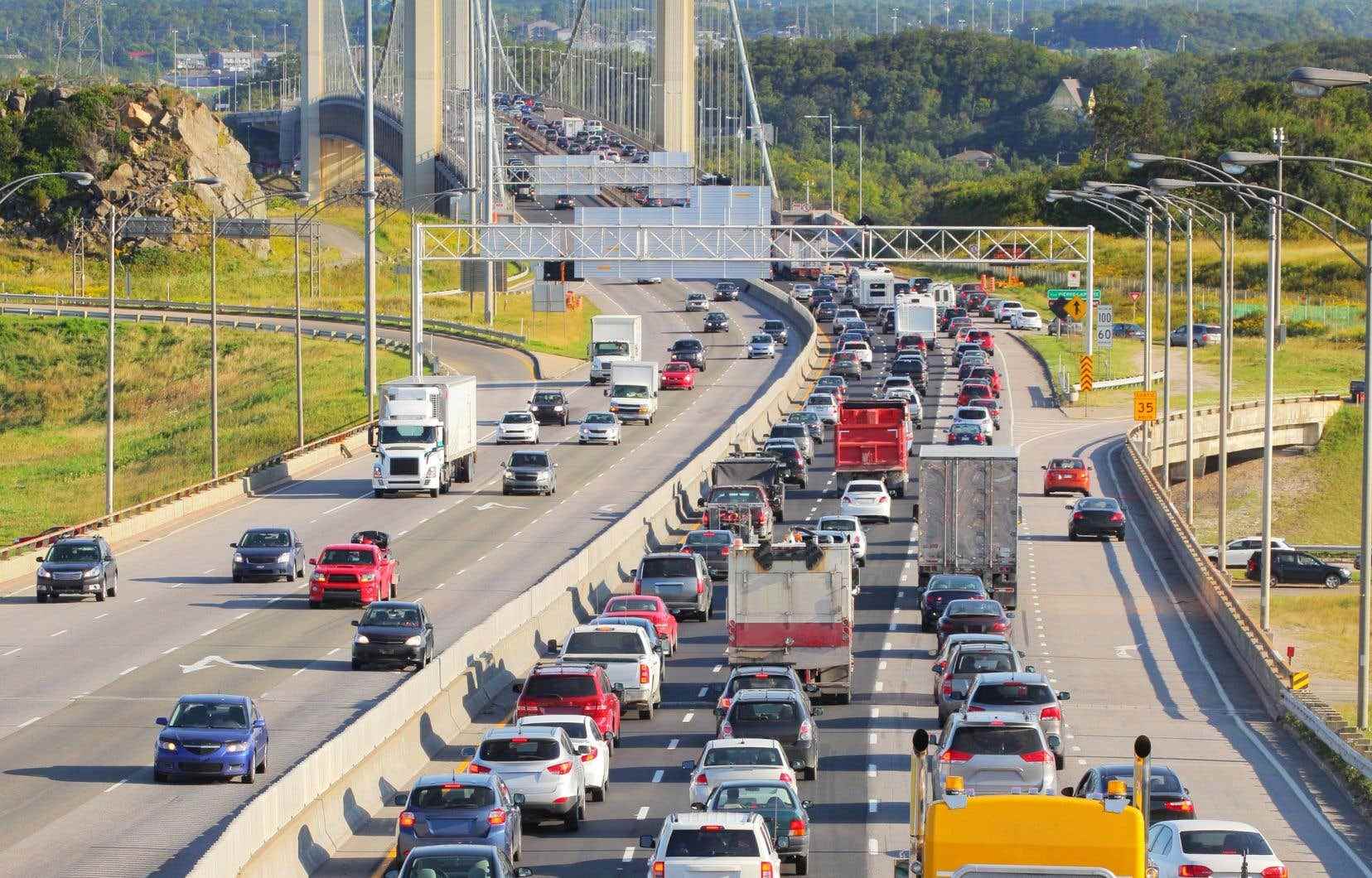In the midst of a labor dispute, government engineers are sounding the alarm about the state of health of the Pierre-Laporte and Quebec bridges. In the opinion of even the “senior generals” of the Ministry of Transport, the integrity of the two vital links of the Greater Capital Region is in danger unless work is undertaken “without delay”.
The danger is “imminent”, the situation “alarming” and the network, “in decay”, according to the Association of Professional Engineers of the Government of Quebec (AIPGQ), which had not put on the white gloves to denounce ” the government’s lack of transparency.
“The slope to climb, it is enormous,” said the president of the AIGPQ, Marc-André Martin, during a conference where the clamor of the engineers demonstrating, near the National Assembly, was audible.
To draw up this gloomy report on the health of the Pierre-Laporte and Quebec bridges, the public engineers rely on two affidavits, made by as many regional executives of the Ministère des Transports (MTQ) and obtained in the context of a lawsuit brought by the MTQ against its own engineers.
These affidavits reveal that work “must absolutely be completed or mobilized to ensure public safety” on the two bridges.
The regional director of the Chaudière-Appalaches region, Odile Béland, indicated in her statement signed on April 14 that “rapid interventions” on the lines “cannot be postponed since[elles] jeopardize the safety of the Pierre-Laporte bridge”.
It specifies that the “replacement of all the lines must be planned in the short term” to avoid that emergency work, similar to that undertaken last autumn, is necessary.
The same note resonates about the Quebec Bridge, according to the statement of the director of major projects for the metropolitan region of Quebec, Manon Murray. The metal bridge “has reached the end of its useful life,” she states in the affidavit, and “the MTQ must intervene without delay to keep it safe.”
In their statement, the guidelines specify that waiting too long before carrying out the work could lead to the closure of the bridges to traffic, “which would have an impact on the response time of the emergency services”.
“When we get to the point where a few weeks or a few months mean that the structural integrity of a structure like the Pierre-Laporte bridge is compromised, we clearly have a problem,” said Mr. Martin, specifying that the engineers undertook, despite the strike, to work together to carry out the necessary work on the lines.
The angry government
The Minister of Transport, François Bonnardel, fumed following the exit of the public engineers. “It is irresponsible on the part of engineers to lead motorists to believe that structures in Quebec are in danger,” he said in a scrum. He reiterated that the bridges affected by the affidavits are “absolutely” safe.
“I don’t want to see a Concorde bridge that falls and especially not a Piles bridge that must close with a few hours’ notice, as I had to do recently in Shawinigan,” added the Minister of Transport. What we are saying is that we must ensure, despite pressure tactics, more than visual inspections on our main bridges in Quebec at present. »
The president of the Conseil du trésor, Sonia Lebel, “dares to hope that we don’t make people’s safety a means of pressure. [Les ingénieurs] are people who are part of a professional order, they have responsibilities in that sense”.
She ensures that negotiations are continuing with state engineers. The AIPGQ camp asserts that the salary issue continues to stumble and maintains that their profession, when exercised to the public, is “significantly behind” in the market.
Engineers are demanding a 14.7% wage catch-up, plus “economic increases”.
